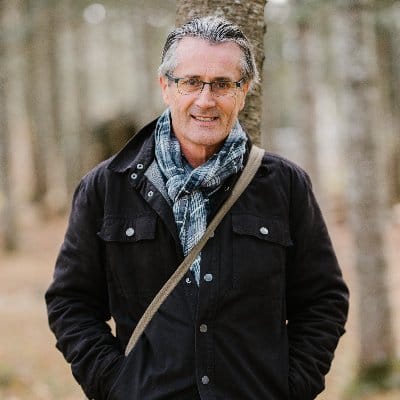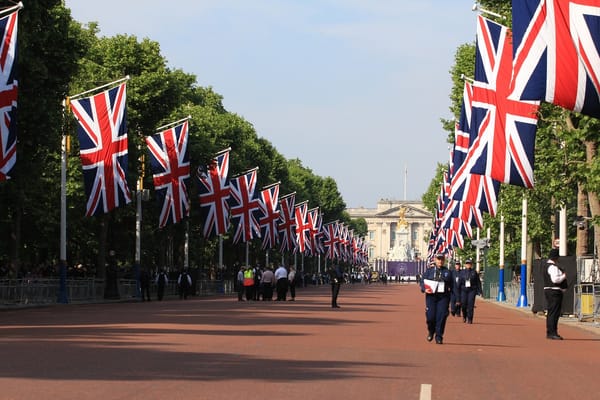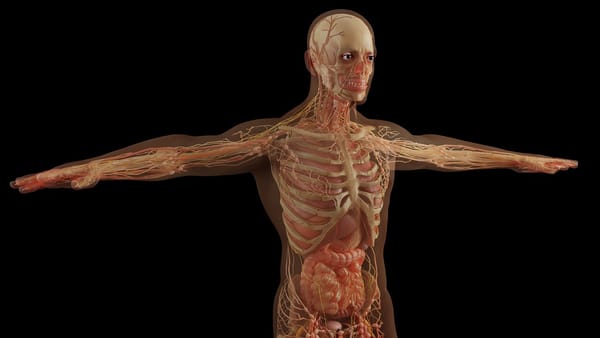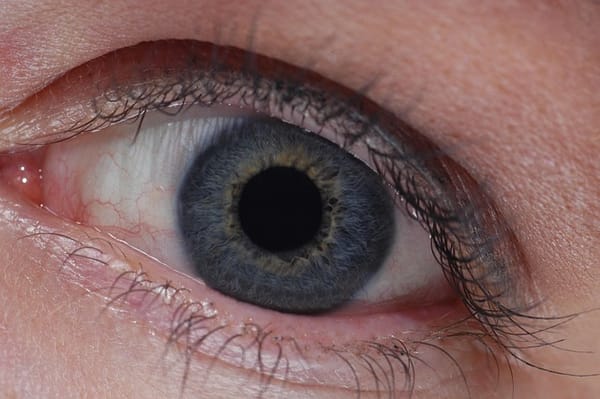The Unseen Act of Seeing in the the Double-slit Experiment
Quantum theory accidentally reveals that observation changes reality. But it refuses to turn its gaze upon observation itself.

Quantum theory accidentally reveals that observation changes reality. But it refuses to turn its gaze upon observation itself.


The great omission in the usual retelling of the double-slit experiment is the omission of seeing itself. We are told: when no one looks, the particle behaves as a wave; when someone looks, the wave collapses into a particle. But what does it mean to “look”? The story reduces seeing to a technical act of measurement, as though it were a neutral procedure that can be taken for granted. Yet if the outcome of the experiment changes when observation occurs, then observation is no longer negligible. Seeing itself acts.
To recognize this is to shift the experiment’s meaning entirely. The real mystery is not simply the wave or the particle, but the activity of perception. Seeing brings something in. It is not a ghostly nothing but an intervention, and one that can vary depending on the quality of attention, the state of consciousness, the mode of relation. This is never accounted for in the physicist’s diagram. What is taken as “observer effect” is described only from outside, in terms of its results. But the inner side — the reality of seeing as performed by the one who sees — is left invisible.
If we were to acknowledge that seeing is itself a reality, we would design the experiment differently. We would not only track the apparatus and its outputs, but also examine the act of perception while it is being enacted. The inner gesture of attention would become part of the experiment, not an irrelevant afterthought. We would no longer pretend that seeing is unreal, or that consciousness is a blank field onto which results are projected. Instead, we would accept that to see is already to shape, already to act, already to participate in the unfolding of what is seen. And even, that seeing not a mere activity, but that as such, it has a substance. Not just a substance in the ordinary sense, but an entirely different substance, namely a so-called subtle substance, a spiritual substance in fact. One that is entirely unrelated to any substance or properties which can be seen through mechanical means only. This then restores the entire meaning of the world spiritual. While what is mechanical, can only perceive what is of mechanical nature. To perceive the spiritual, what is of an equal nature has to enter in, namely the human being as the carrier of such spiritual substances.
Here lies the deeper threshold. Quantum theory accidentally reveals that observation changes reality. But it refuses to turn its gaze upon observation itself. It measures the effects of seeing without seeing seeing. Thus its conclusions remain truncated, and the path toward a true science of consciousness remains unopened. Only when we learn to attend to seeing while we see will the experiment disclose its full meaning. Then what it tells us will not be only about photons and screens, but about ourselves, about cognition as a real force, about the becoming of the human “I” as participant in the world.





